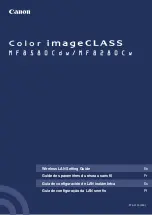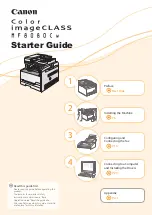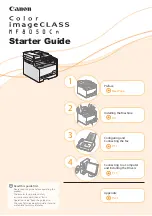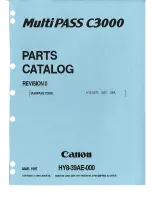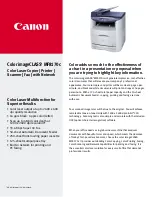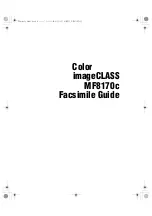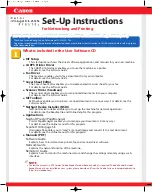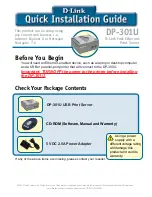
50
UBI EasyCoder 301 Direct Protocol – Programmer's Guide Ed. 1
Chapter 6 Setting Up the Printer
By formatting the printer's memory, you will erase all files stored in
the RAM memory. You can also format a RAM-type memory card
inserted in the printer's PCMCIA slot to MS-DOS format. Be care-
ful not to use this command unintentionally!
FORMAT "<device>"[,<No. of entries>[,<No. of bytes>]]
<device>
"RAM:", "CARD1:" or "CARD2:"
<No. of entries>
used for "CARD1:" and "CARD2:"; it speci-
fies the number of entries in the root direc-
tory (Default 208).
<No. of bytes>
used for "CARD1:" and "CARD2:"; it speci-
fies the number of bytes per sector (Default
512 bps).
All input data to the printer arrives in binary form via the standard
IN channel (default "uart1:"). Characters are transmitted in ASCII
format, which will be preprocessed by the printer's software ac-
cording to any
MAP
commands.
The
MAP
command is used to modify a character set, or to filter out
undesired characters on a specified communication channel by
mapping them as Null (ASCII 0 dec).
If no character set meets your requirements completely (see
NASC
below), select the set that comes closest and modify it using
MAP
commands. Mapping will be saved even during power-up or reboot.
MAP [<device>],<original ASCII value>, <desired ASCII value>
<device>
either 1 = Serial channel "uart1:"
or 4 = Parallel channel "centronics:"
<orig. ASCII value> the value of the character according to the
selected character set (see NASC below).
<des. ASCII value> the new ASCII value you want to assign to
the character.
Example:
You want to use the Roman 8 character set and 7- bit communication.
However, you need to print £ characters which are not included in
the 7-bit part of the Roman 8 character set (see chapter 3.2).
However, you do not need the $ character. Then remap the £
character (ASCII 187 dec.) to the value of the $ character (ASCII 36
dec.).
MAP 36,187
↵
9. Memory
Formatting
10. Input Data
Preprocess
































